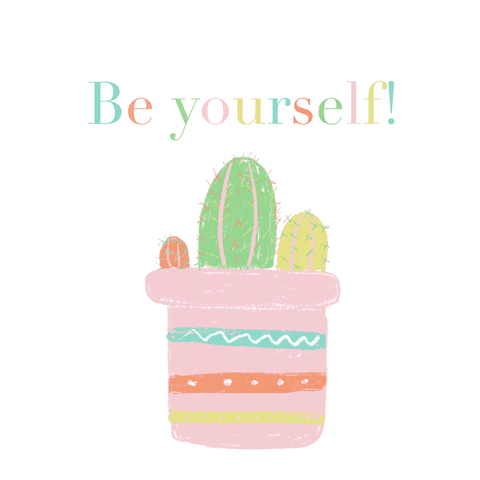Environment in human design comes from a piece of the human design chart called the Variables. The variables are known as the four transformations, as they map the transformation we go through as we optimize our bodies and minds. They are represented in the human design chart with 4 arrows at the top of the chart, and they carry meaning based on the direction the arrows face as well as in the layers found underneath the arrows.
In this post, we began exploring the top left arrow, which reveals how we can take in food and information in the most aligned way for our bodies. Now, we want to explore the bottom left arrow, which reveals our optimal environment. When we are in the right space, we meet the least resistance and find the most flow.
Before we get into it, I want to remind you that the environments are symbolic. They don’t require that we live in a certain place, but they do reveal qualities to be aware of in any environment we’re in. This means we can co-exist beautifully with those who have different environments than us; we can be in the same space, but engage with the space entirely differently.
So let’s dig in.
The first piece is to look at in your chart is whether the bottom left arrow is facing left or right.
- If the arrow is facing left, you may find your most ideal environments are the ones that stimulate and inspire you; places where you walk in, become energized and desire to be the center of attention.
- If the arrow is facing right, you may find your most ideal environments soothe you. You walk in and feel inspired to sit back and witness what’s happening around you.
Next, let’s dive into each of the 6 possible Environments. The options are: Caves, Markets, Kitchens, Mountains, Valleys and Shores. You can look yours up here.
If your environment is Caves…
- You may thrive in spaces that feel safe and protected.
- You may particularly love cozy spaces. Examples may be spaces where you can close the door, a car, a booth at a restaurant where you can see what’s in front of you, a cozy office, or a basement.
- What’s best for you is when you can control who comes in and who comes out of your space, and that you have some control and predictability in your space.
So check in: What are your favorite cozy spaces? Which spaces make you feel the most safe, secure and settled?
If your environment is Markets…
- You may find you thrive in a place where some kind of exchange is happening, e.g., in a business environment or being around makers.
- You may find you are often closest to those you work with and that it feels particularly good to cultivate relationships with clients, colleagues and bosses.
- You may find you are highly discerning and selective about your spaces.
So check in: What are online and offline spaces for exchange that feel good? Do you give yourself permission to cultivate relationships with those you work with?
If your environment is Kitchens…
- You may find you love being in spaces where it feels like things are happening and you can be at the center of the action.
- An ideal space for you often feels creative, buzzy and busy.
- It’s healthy to feel like things around you are transforming and you can be transformed in that space. This can look like holding court in a kitchen, working at a co-working space, or joining an important conversation online.
So check in: Are there hubs of action and creative spaces around you that you feel drawn to?
If your environment is Mountains…
- You may find you love being in elevated spaces, i.e., spaces up high.
- It can feel good to have a bedroom or office higher up where you have an expansive view and perspective.
- It’s healthy to take time to escape, gain perspective, get away, and retreat. Being up high allows you to see the big picture, clear your head, and recalibrate.
- You may also find you need lots of intellectual stimulation.
So check in: Are there elevated spaces you enjoy being in? How do spaces up high feel versus ones that are lower? If you’re feeling stuck, how does it feel to get away from it all and get a different perspective?
If your environment is Valleys…
- You may find you are highly sensitive to the acoustics where you live. It’s important that you like how it sounds in the space where you live.
- You may like to live in lower spaces (i.e., near to the ground) that feel spacious.
- It’s often important to feel like you can access other people and information whenever you want, e.g., having walkable coffee shops, cafes, entertainment, or art studios.
So check in: Do you like the sounds where you live? Do you feel things are accessible?
If your environment is Shores…
- You may love being on the edge, where one space transitions to another. This could be at the ocean, at the edge of a restaurant, on a porch or where a city becomes a suburb. It may feel good to have the tension of a different kind of a space nearby.
- You may love natural transitions, like the seasons, sunrise, and sunsets.
- You may prefer sitting at the edge of a restaurant or group rather than in the middle.
So check in: Are there edges you feel drawn to spending time in? How’s it feel to be on the edge versus the middle, e.g., at a window or on the water?
…And this is just the beginning.
And as a reminder, the variables are never the first piece that I recommend people dive into; they are the most impactful to explore once you’ve been digging into human design for a while. They are a world unto themselves — it took me many years of a traditional human design education to finally access information on how to work with them. (This is something we dive deeply into in our course on human design.)
But if you feel inspired, I encourage you to look yours up and begin experimenting if it feels aligned for you!





















